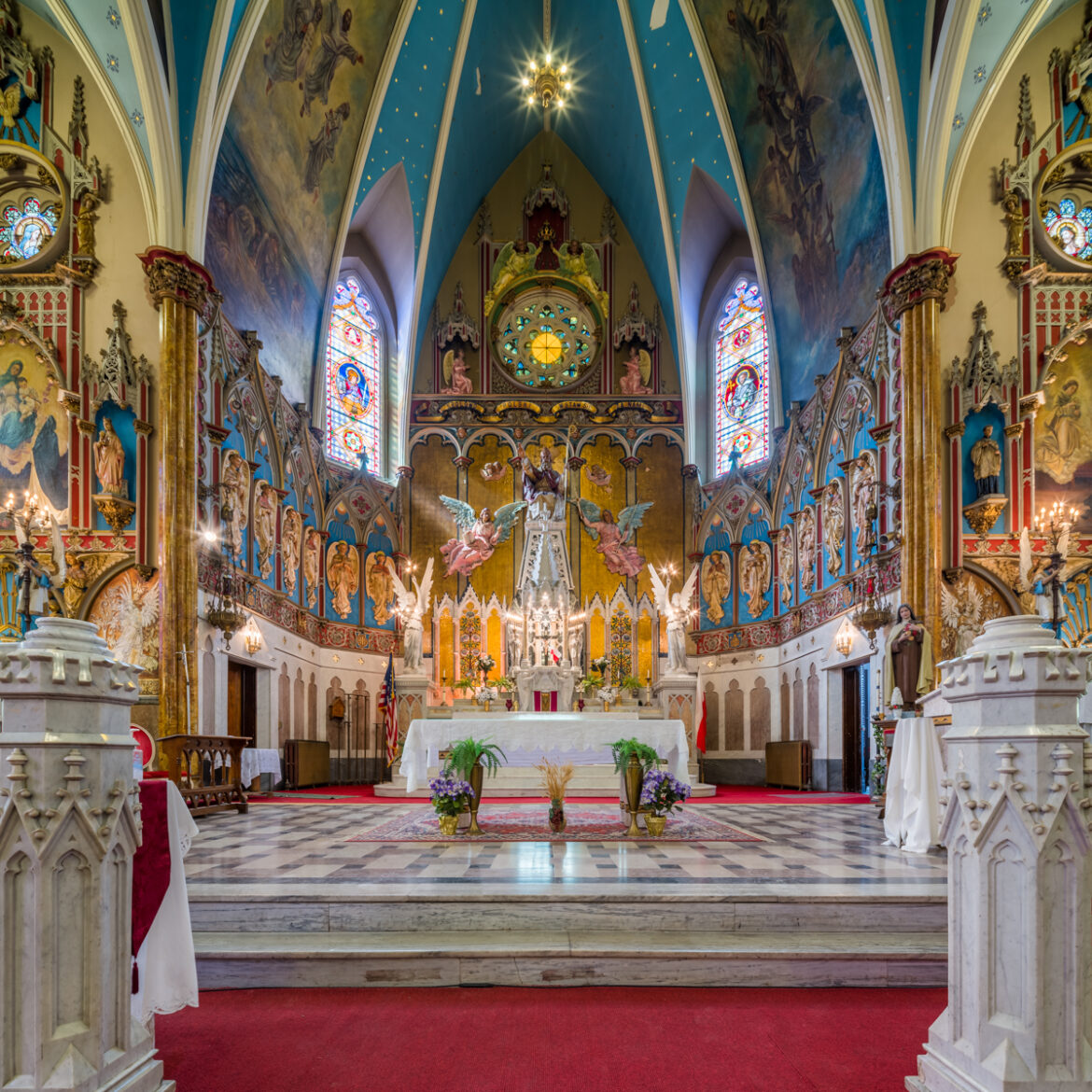To explore the question of whether the Church of England (CoE) can be classified as Christian, one must delve into its rich tapestry of beliefs, origins, and the controversies that have shaped its identity. The Church of England, often seen as the mother church of the Anglican Communion, has a complex legacy that raises both theological and historical inquiries. These elements combine to create a perspective that is as multifaceted as it is unique.
At its core, the Church of England adheres to the foundational beliefs of Christianity, such as the divinity of Jesus Christ, the significance of the Holy Scriptures, and the tenets of the Nicene Creed. Yet its doctrinal stance appears distinctively shaped by its historical evolution. Understanding this evolution requires an immersion into the turbulent waters of the Reformation and the subsequent socio-political transformation seen in England.
The origins of the Church of England can be traced back to the early 16th century during a period marked by widespread ecclesiastical reform. The catalyst for its establishment was King Henry VIII’s desire for an annulment from Catherine of Aragon, which the Pope refused to grant. In a dramatic move, Henry severed ties with the Roman Catholic Church and proclaimed himself the Supreme Head of the Church of England. This act of disassociation not only transformed the nature of religious authority in England but also paved the way for the introduction of Protestant theology, albeit with a distinctive Anglican flavor. Herein lies a critical divergence: while the CoE adopted certain reformatory elements, it preserved many sacramental and liturgical traditions of Catholicism.
Subsequently, during the reign of Edward VI, further doctrinal changes solidified the Protestant orientation of the church. The Book of Common Prayer emerged as a quintessential text, representing a compromise between Catholic liturgical practices and emerging Protestant principles. This document illustrated a penchant for theological inclusivity, which some interpret as an embodiment of the CoE’s attempts to provide a middle way, or via media, between Catholicism and radical Protestantism.
Yet the question of the Church’s Christian identity does not rest solely on historical circumstances. The interwoven beliefs and practices further illuminate this inquiry. The Church of England espouses a sacramental understanding of grace, which holds that God’s presence is evident through the sacraments, particularly in the Eucharist. This belief aligns with traditional Christian doctrine. However, the interpretation of the Eucharist in Anglican practice can often be seen as ambiguous; it vacillates between an understanding of real presence akin to Catholicism and a more symbolic interpretation, leading to contention within the broader Christian community.
Moreover, the CoE’s approach to scripture merits scrutiny. The emphasis on Scripture is paramount, yet the balance placed on reason and tradition also sets it apart from more scripture-centric denominations. This tripartite model has facilitated a diverse range of theological perspectives, contributing both richness and tension within the church’s identity. The interpretation of biblical texts often reflects contemporary societal issues, leading to controversies—such as those surrounding gender, sexuality, and the role of women in ministry—that further serve to challenge the notion of a cohesive Christian identity.
Throughout its history, the Church of England has been embroiled in various controversies that speak to its identity as a Christian institution. One notable example is the ordination of women as priests and bishops, which has elicited a plethora of responses ranging from support to outright dissent. This issue is not merely a question of gender equality; it touches upon deeper theological convictions about authority and priesthood within the Christian paradigm. As newer generations engage with these discussions, the CoE’s adaptability is called into question, revealing a dynamic interplay between tradition and transformation.
Furthermore, the CoE finds itself at a crossroads regarding its stance on same-sex marriage. The argument surrounding this issue reflects a broader cultural shift and illustrates the struggle between the church’s established doctrines and the evolution of societal norms. The conversations surrounding sexuality and inclusivity are far from settled within the church, prompting an ongoing dialogue that reflects the tensions inherent in aligning ancient beliefs with contemporary realities.
Despite these controversies, the Church of England remains committed to its Christian mission, largely through outreach programs and social justice initiatives. Its teachings on love, compassion, and community service continue to resonate with the faithful, echoing core Christian values. While the church grapples with internal strife, its mission to serve the marginalized and advocate for justice represents an adherence to fundamental Christian ethics.
As we contemplate whether the Church of England can truly be labeled as Christian, it becomes clear that the answer is nestled within the complexities and paradoxes defining its existence. The CoE embodies a rich heritage that is both rooted in Christian doctrine and marked by an ever-evolving identity. It is a church that strives to hold onto its traditions while navigating the tumult of contemporary challenges. Rather than providing a straightforward answer, the inquiry into the Church of England’s Christian identity beckons deeper reflection on what it means to be a Christian communal body in a world rife with dissent and change.
Ultimately, the exploration of the Church of England presents a lens through which one may view the broader Christian landscape; it is a narrative steeped in history, laden with controversy, yet illuminated by hope and a yearning for understanding. As new generations of believers grapple with these complexities, they invite a transformation of thought that might inspire a fresh appreciation for the enduring tenets of faith amidst a backdrop of profound change.



